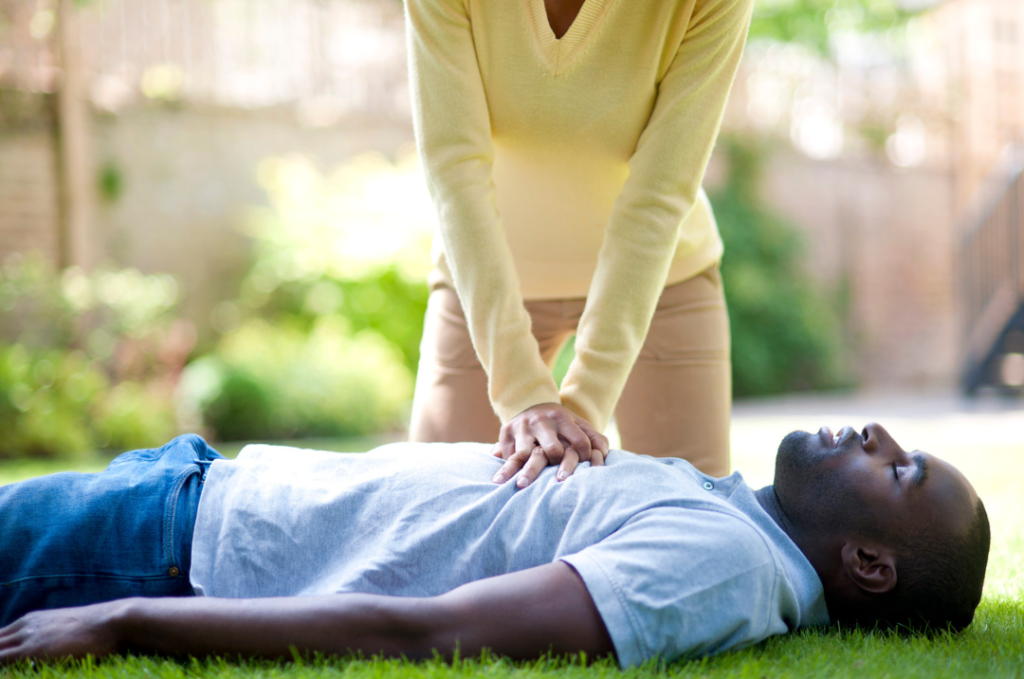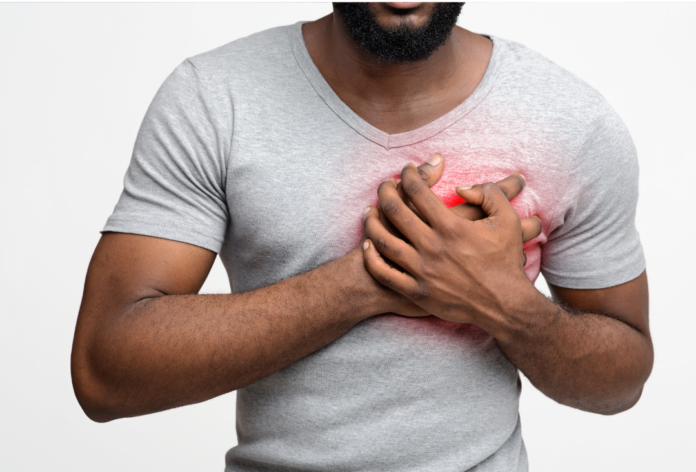Heart attacks can be a scary experience for anyone, but knowing what to do in the event of one can help save your life or the life of someone else. In this article, we will cover the signs of a heart attack, what to do when experiencing one, the best position for a heart attack, and how to recover at home.
What are the Signs that I’m having a Heart Attack?
The signs of a heart attack can vary from person to person, but there are some common symptoms to look out for. These symptoms include:
- Chest pain or discomfort that lasts for more than a few minutes or goes away and comes back.
- Pain or discomfort in one or both arms, the back, neck, jaw, or stomach.
- Shortness of breath with or without chest discomfort.
- Other signs such as breaking out in a cold sweat, nausea, or lightheadedness.
It’s important to note that not everyone experiences all of these symptoms, and some may not experience any symptoms at all. If you or someone you know is experiencing any of these symptoms, it’s essential to seek medical attention immediately.
What to Do When Experiencing a Heart Attack
When experiencing a heart attack, time is of the essence. The sooner medical attention is received, the higher the chances of survival. Here are the steps to take when experiencing a heart attack:
1. Call 911: It’s essential to call 911 or your local emergency number immediately. Don’t wait to see if the symptoms go away or try to drive yourself to the hospital.
2. Chew and Swallow Aspirin: If you have aspirin on hand, chew and swallow it as soon as possible. Aspirin can help reduce blood clots and increase blood flow to the heart.
3. Stay Calm: As scary as a heart attack can be, it’s essential to stay calm. Panic can cause the heart to beat faster, making the situation worse.

The best positions for a heart attack
If you or someone you know is experiencing a heart attack, it’s essential to position them in a way that can help ease the symptoms. Here are some tips on the best position for a heart attack:
1. Sit or Lie Down: If possible, have the person sit or lie down. This can help reduce the strain on the heart and improve blood flow.
2. Elevate the Legs: If the person is lying down, elevate their legs with a pillow or cushion. This can help improve blood flow to the heart.
3. Loosen Clothing: Loosen any tight clothing around the neck or waist. This can help improve breathing and reduce strain on the heart.
How do you recover from a heart attack at home?
Once you’ve received medical attention for a heart attack, the road to recovery can be long. However, there are steps you can take to recover at home. Here are some tips on recovering from a heart attack at home:
Rest
It’s important to rest as much as possible. Avoid any strenuous activity or heavy lifting for at least a week after a heart attack.
Eat a Healthy Diet
A healthy diet can help improve heart health and reduce the risk of future heart attacks. Focus on eating a diet rich in fruits, vegetables, whole grains, and lean proteins.
Take Medications as Prescribed
Your doctor may prescribe medications to help manage your heart health. It’s essential to take these medications as prescribed.
Attend Follow-Up Appointments
Regular follow-up appointments with your doctor are essential to monitor your heart health and adjust medications as needed.
What to Do When People Are Experiencing a Heart Attack in Your Presence
If you witness someone experiencing a heart attack, it’s essential to act quickly. Here are the steps to take when someone is experiencing a heart attack:
1. Call 911: Call 911 or your local emergency number immediately.
2. Stay Calm: Stay calm and reassure the person that help is on the way.
3. Assist with Medications: If the person has aspirin on hand, assist them in chewing and swallowing it.
4. Position the Person: Position the person in the best position for a heart attack (as discussed earlier in the article).
5. Perform CPR: If the person stops breathing, perform CPR until emergency personnel arrives.
CHECK OUT; Simple & Easy ways to give CPR when people suddenly Faint
Understanding how to respond to a heart attack and providing the right support can make a significant difference. Knowing the signs, taking quick action, following recovery advice, using the best position for comfort, and assisting others in need are all vital aspects.















